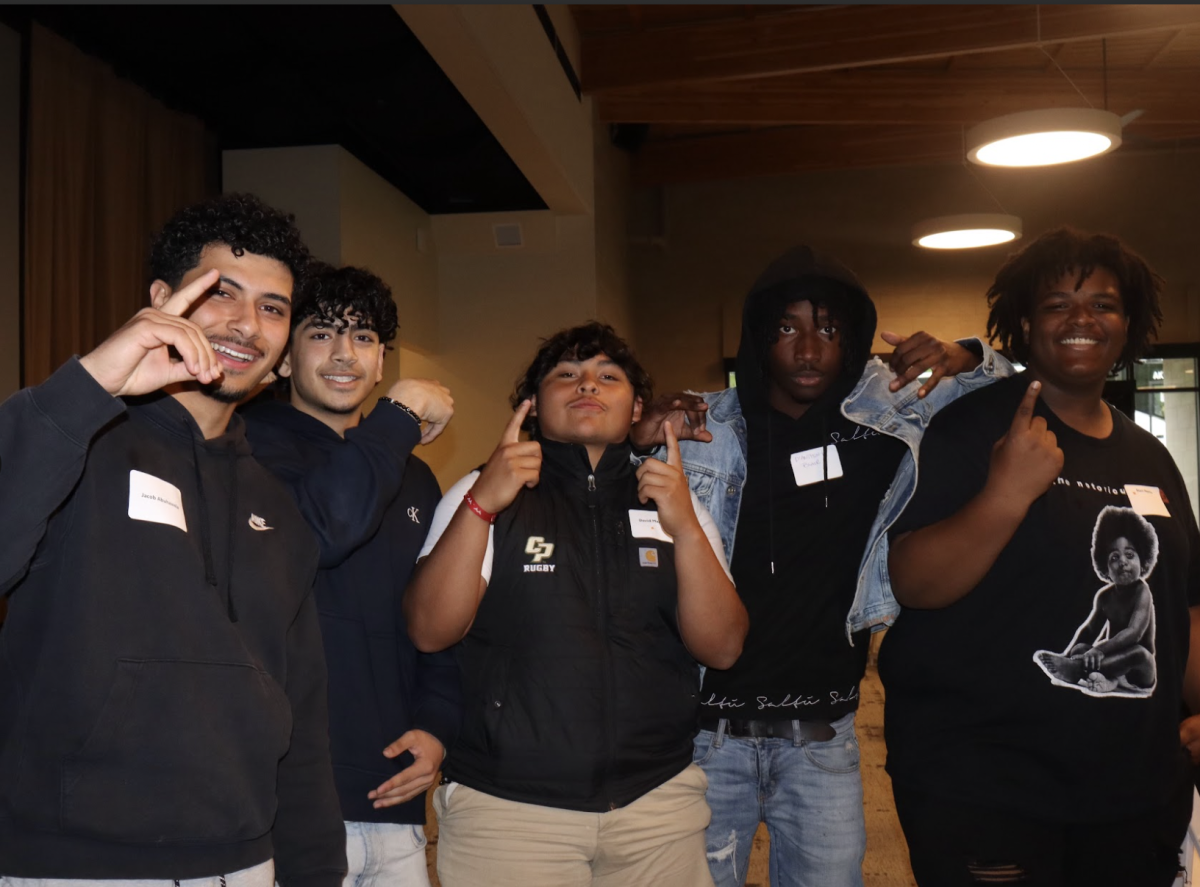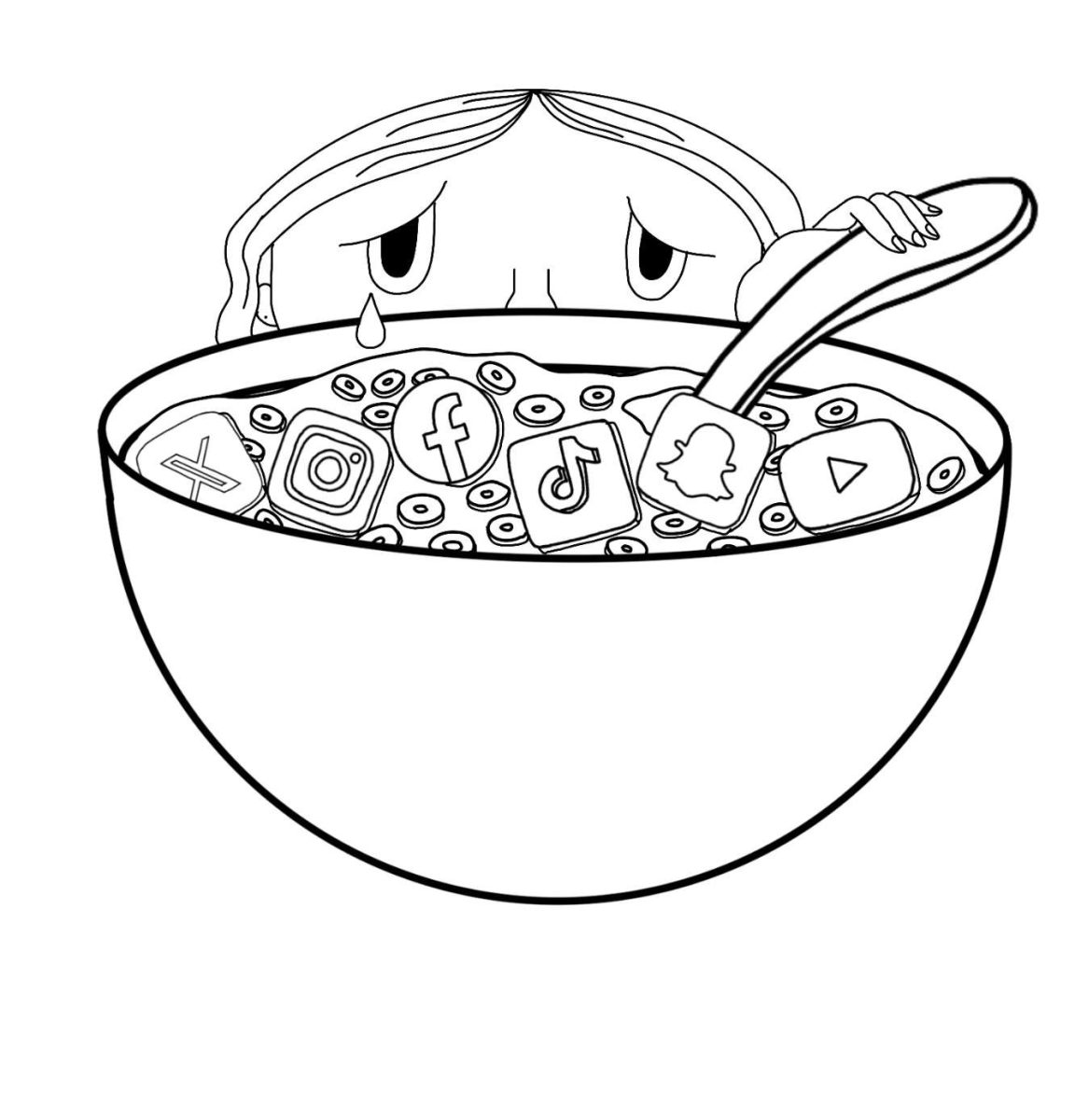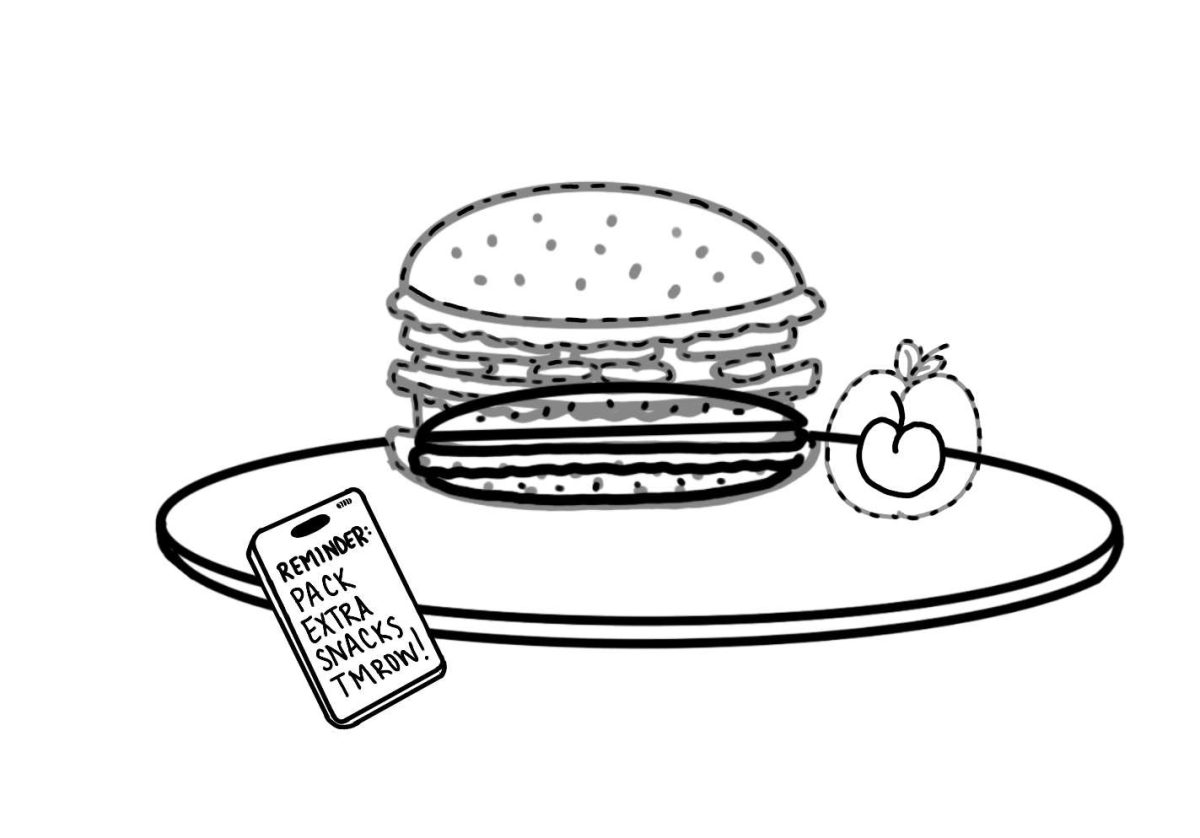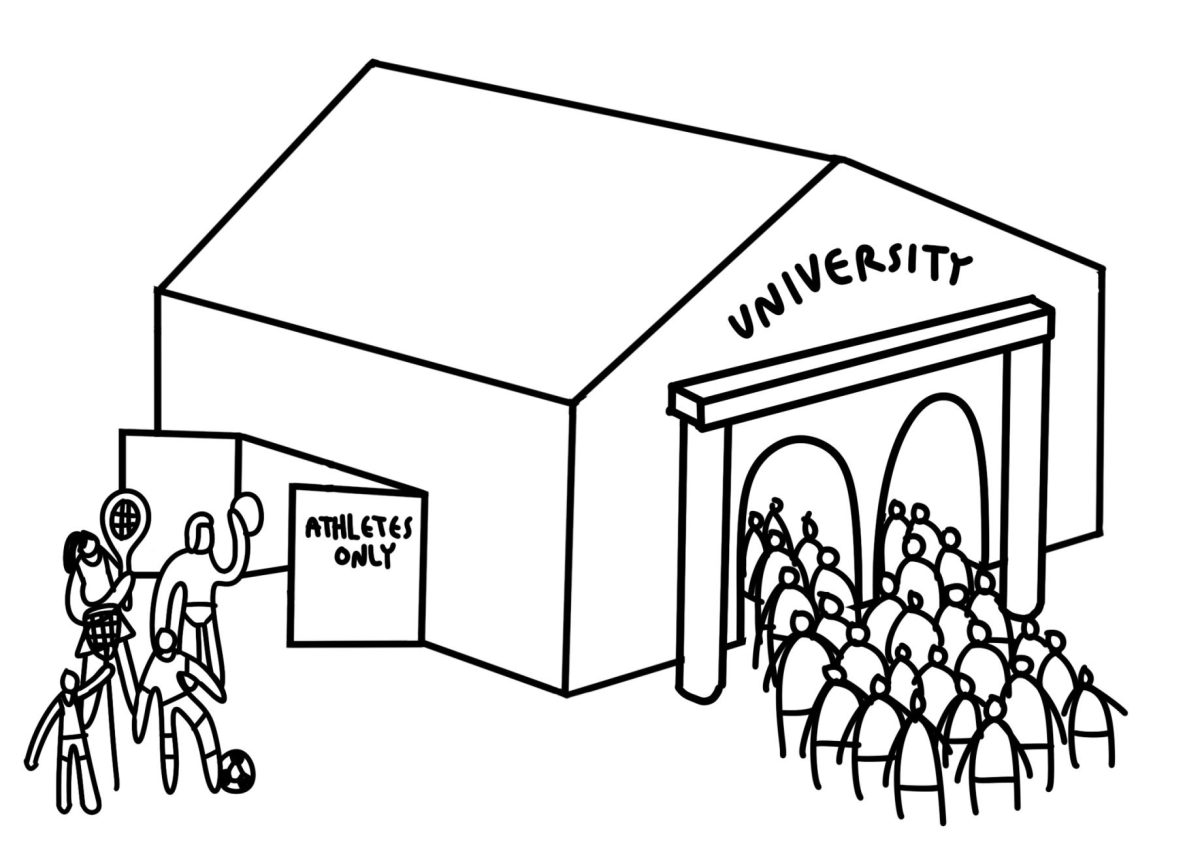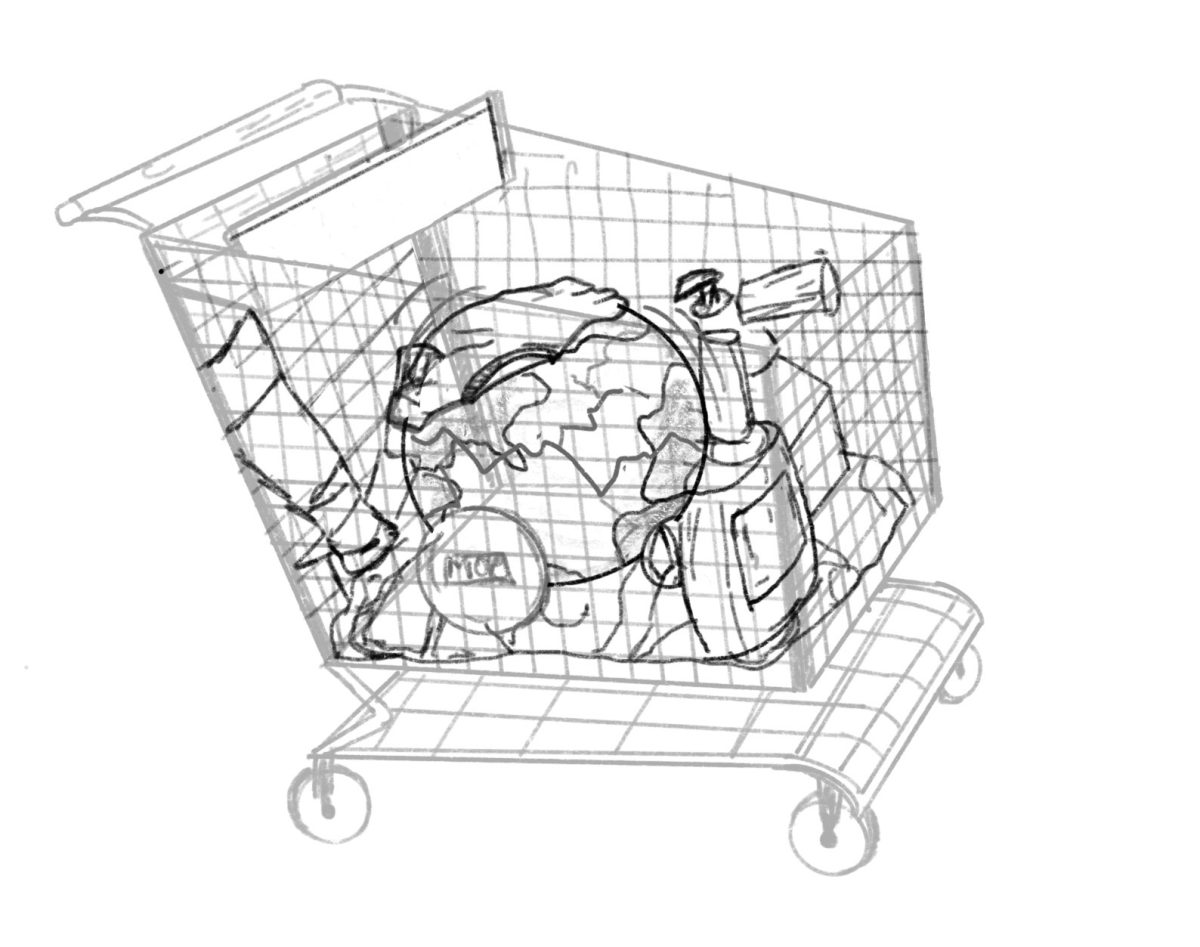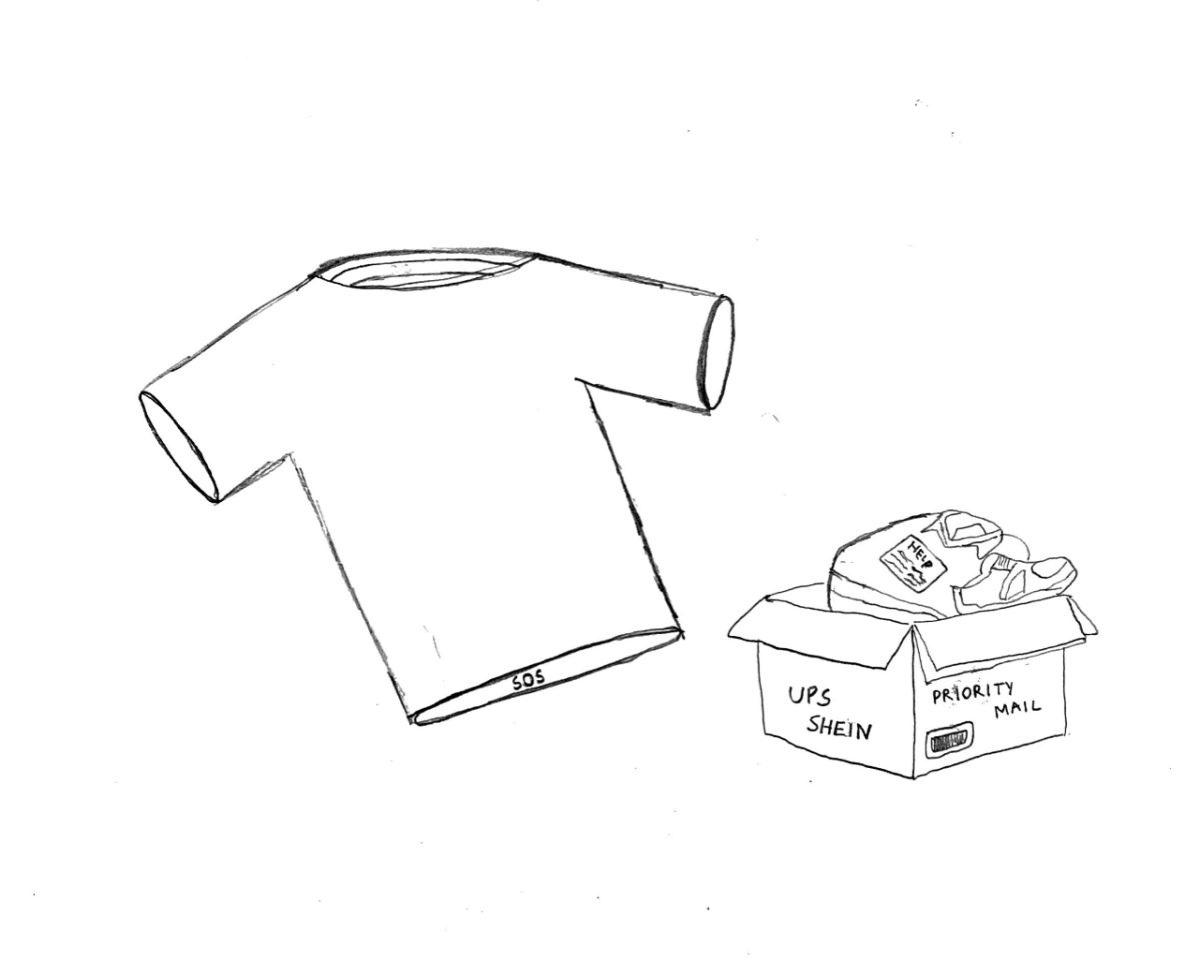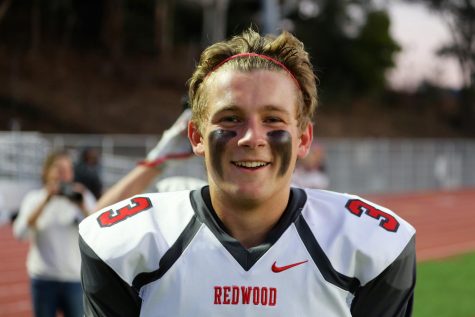Nationwide, participation in football is plummeting. There were three million kids aged six through 18 playing football in the United States last season, a 14 percent decrease since 2009, according to Forbes magazine. Since last season, participation rates have dropped an additional three percent in California, according to CBS Sacramento.
So why have youth participation rates dropped? One major factor is a detriment to the sport at all levels: concussions. Even though concussions are a serious problem, brain damage and injury should not ruin one of the United States’ most beloved sports because often the injuries are not serious and new improvements to tackling techniques and technology will cause concussion rates to decline in years to come.
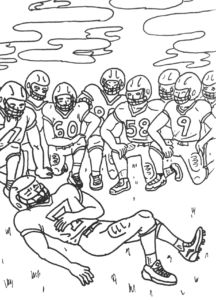
Parents’ disapproval of the sport isn’t entirely unreasonable. Football can put a child at risk of permanent brain damage, potentially setting their child back in the classroom and life moving forward. According to a recent study by neuropathologist Dr. Anne McKee, 110 of 111 brains of deceased NFL players were found with chronic traumatic encephalopathy (CTE). This disease causes memory loss, confusion, depression, dementia and, in many cases, suicidal thoughts, so it makes sense that more and more kids are hanging up their cleats.
Locally, Novato High School originally could not field a varsity team for the 2017 season due to poor turnout, but late arrivals allowed them to maintain their team. Novato was once an MCAL powerhouse and made it to the Division II State Championship game in 2007, but now has only 26 players, 10 more than the minimum requirement to field a team and seven less than Redwood’s varsity team.
The flaw in parents’ logic is they fail to recognize that the sport of football is evolving. The NFL understands the concussion problem and are making major changes to the situation, such as trying to change the way players tackle as well as enforcing more penalties on hits above the shoulders and defenseless ball-carriers. Parents should not deny their kids the chance to play football just because of McKee’s study, as the CTE was caused by the old, outdated, dangerous way of tackling. The new way of tackling being implemented on today’s generation is reducing concussion and injury rates by a wide margin.
In the old ways of the NFL, the technique was to lead with your head and keep your eyes to the ground when making a tackle to produce maximum force while running into the other player. In contrast, Coach Pete Carroll of the Seattle Seahawks has implemented rugby style tackling to his defense. With this method, which the NFL calls Heads Up Tackling, players are taught to keep their heads and eyes up and lead into contact with the front of the shoulder. The theory is that keeping the head upright takes it out of the play, thus preventing injuries to the head and neck, including concussions.
The NFL claimed that Heads Up tackling, their new initiative that they fund and promote, has reduced injuries by 76 percent and concussions by about 30 percent cumulatively at all levels, based on the results of an independent study.
Local teams are also applying the new philosophy of football to their programs, reducing concussions and injuries in players. Over my nine years of playing football for the Southern Marin Broncos youth organization and Redwood, I have yet to receive a single concussion or a severe injury, which is the case for many players who have been through both programs.
Also, many college teams such as Dartmouth and Baylor are now using mobile tackling dummies called the MVP, or the Mobile Virtual Player. These tackling dummies are used by coaches to practice tackling drills with their players without making contact with another player, eliminating the risk of getting a concussion in practice while still having a moving target and a useful and safe way of practicing.
Some may argue that while the MVPs are preventing concussions in practice, players are still vulnerable to concussions during games. But, according to a study made by Sports Injury Research and Prevention Inc., concussions are much more likely to happen in practice than in games, especially at the high school level. So, therefore, the changes that are being made to practice are making the game safer.
Along with the Heads Up initiative, rules are being put in place to improve safety during practice as well. USA Football and the National Federation of State High School Associations (NFHS) made a list of strong recommendations in 2014, updating them earlier this year, that stated youth organizations and high school teams should only allow 30 minutes of contact a day and 90 minutes of contact a week. Not only have these associations made their proposals, but legal action has been taken as well. In 2015, Governor Jerry Brown’s law took effect, allowing high school and youth teams to only have two 90 minute full-contact practices a week in California, the rest being no contact/minimal contact practices.
Regardless, football still has the highest injury rates of any sport. Many say that football will always have too many injuries and concussions and is too dangerous to play. But football is a physical sport. One of the most physical sports at that, so there are bound to be injuries. Plus, many of the injuries sustained in football are not serious. Over the past decade, less than 10 percent of injuries required surgery according to Healthline, meaning that many of the injuries do not cause great harm or damage to players.
In addition, according to studies by Dr. Wellington Hsu from Northwestern University, football isn’t the only sport with a high concussion rate. Girl’s soccer surpassed the concussion rates of football at youth and high school levels in 2015. Among athletes ages five to 14, 28 percent of football players, 25 percent of baseball players, 22 percent of soccer players, 15 percent of basketball players and 12 percent of softball players were injured while playing their respective sports. Although injury rates are highest among football players, the difference in the rates between sports is not as drastic as many might think.
There will always be risk and danger in playing sports, but through ways to reduce risk and injury and by tackling the correct way, football will become much safer.

